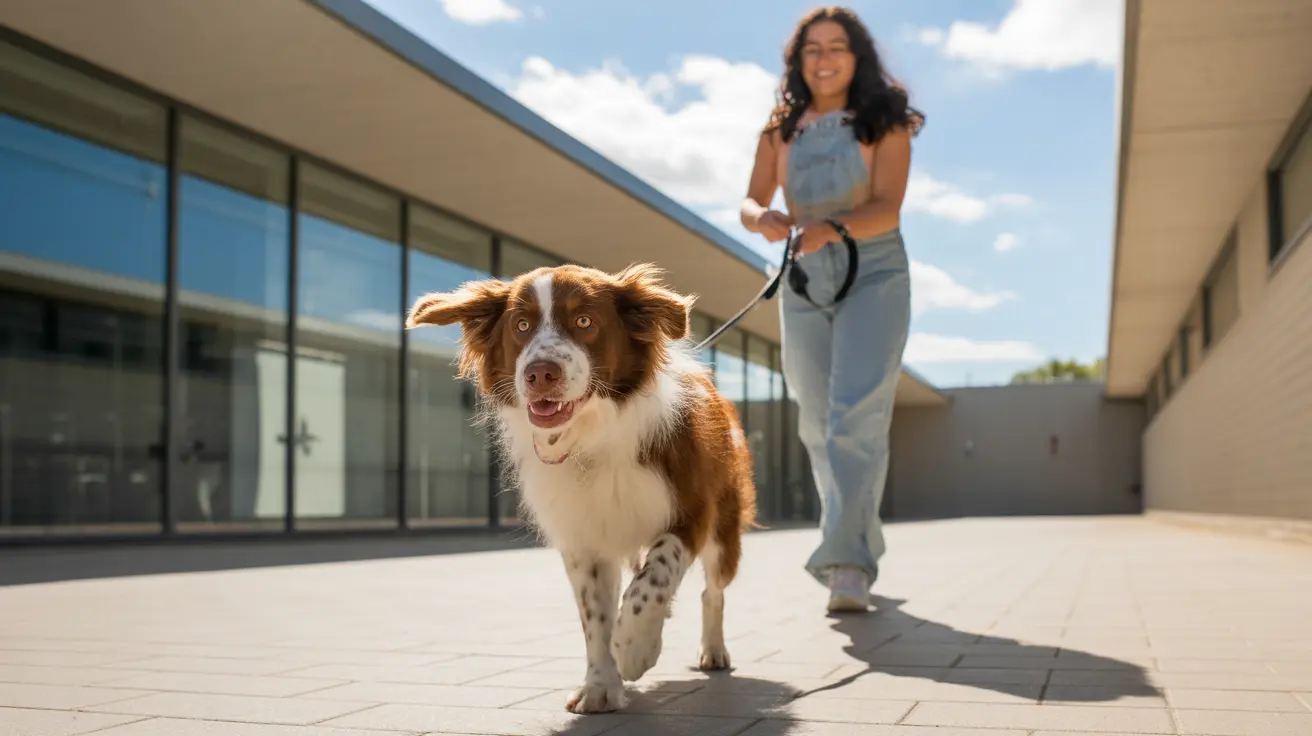Understanding Time Perception in Dogs: How Long Is One Hour?
Dog owners often wonder how long an hour feels to their beloved pets. This curiosity stems from our deep emotional connection to dogs and our desire to understand their experiences better—especially when we leave them alone or anticipate their reactions to time-related events. So, let's explore how dogs perceive time and what one hour might feel like from a dog's point of view.
The Science of Time Perception
Time perception is complex and largely driven by an individual's biology, life span, and neurological processing. In humans, we’re able to measure and experience time through clocks and calendars. Dogs, however, rely on internal physiological and environmental cues rather than understanding time in the abstract, numeric sense.
Time perception in animals—including dogs—is often studied via behavioral observations. One popular scientific explanation is that smaller animals with faster metabolisms perceive more events per second, meaning time may appear to move more slowly for them because their sensory input is happening more rapidly.
Dogs and Their Unique Time Sense
Dogs don't have a concept of time measured in hours or minutes. Instead, they register the passage of time through changes in routine, light levels, scents, hunger, and their internal biological rhythms. For instance, they might become anxious when they sense predictable patterns, like their owner's absence around a similar time each day.
Some researchers believe that because dogs experience events faster and more intensely than humans, a single hour could feel significantly longer for them. For example, if a dog processes information at a quicker rate, they might perceive more 'moments' in that hour than a human would—similar to how a slow-motion replay shows more detail.
An Hour in Dog Time
Although we can’t determine the exact 'feeling' of time from a dog’s perspective, anecdotal and observational data suggest that one human hour might feel like several hours to a dog. This is especially relevant when dogs are left alone and experience separation anxiety. Their sense of time is reinforced by routine, memory, and anticipation of their human companion’s return.
- 1 hour to a human might feel like 3–5 hours to a dog, depending on the dog’s age, breed, personality, and routine.
- Puppies and senior dogs may perceive time differently due to developmental and cognitive factors.
- Dogs with separation anxiety often exhibit stress behaviors even within 30 minutes of their owner's absence, suggesting a heightened sensitivity to time apart.
Behavioral Signs Dogs Notice Time
- Pacing or vocalizing: These behaviors typically happen after a dog has been alone for some time, indicating awareness of duration.
- Excitement on return: Dogs often show signs of joy no matter how long the owner has been gone, yet the intensity sometimes correlates with the length of separation.
- Waiting by windows or doors: Dogs that have internalized daily routines may begin anticipating their owner's arrival close to routine return times.
Dogs, Memory, and Routine
Dogs use associative memory rather than episodic memory, meaning they remember associations with certain cues rather than specific time-based events. They might not know it's “3:00 PM” but can associate certain light levels or environmental changes with you coming home or going for a walk.
Situational cues—like smells that fade over time—may also help dogs judge time intervals. Some scientists believe dogs notice how the strength of a human scent decreases over time, helping them estimate how long an owner has been away.
Impact of Age and Breed
- Smaller dog breeds with higher metabolic rates may perceive time more acutely than larger breeds.
- Senior dogs may experience slower cognitive processing, possibly altering time perception.
- Working or intelligent breeds (like Border Collies or German Shepherds) often need more environmental stimulation, making idle time feel longer.
Helping Your Dog Cope with Time Apart
Because one hour can feel significantly longer to a dog, especially when they are alone, it’s important to mitigate any stress or anxiety they might feel from prolonged separation. Here’s how:
- Provide engaging toys: Puzzle feeders or chew toys can keep dogs busy and mentally stimulated.
- Create a comforting environment: Soft music or clothing with your scent can soothe them.
- Maintain a routine: Dogs thrive on consistency and are more at ease when they know what to expect.
- Gradually increase alone time: Especially for puppies, slowly teaching them to be alone can lessen anxiety.
Conclusion
While we may never fully comprehend how dogs experience time, research indicates that they do sense its passage—through routine, environmental changes, and emotional cues. Given their faster perception of events, it's reasonable to think that one hour can feel considerably longer to dogs. Understanding this helps us ensure their emotional wellbeing through routine, stimulation, and affection while we're away.
In essence, practicing empathy towards how our dogs perceive time enables stronger bonds and happier lives for both pet and owner.





